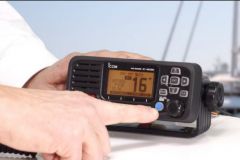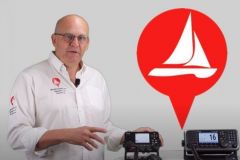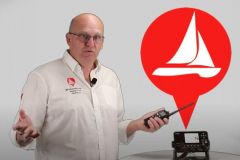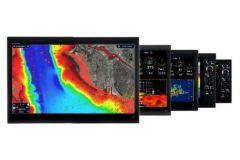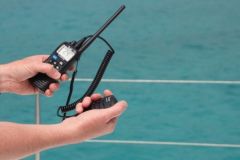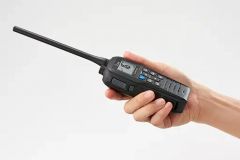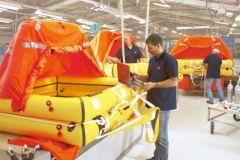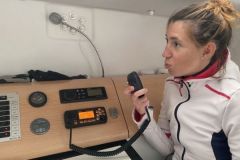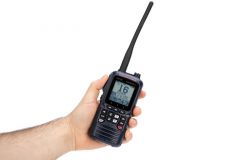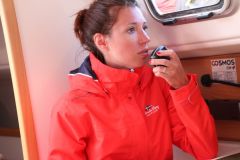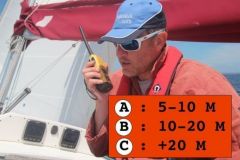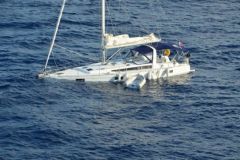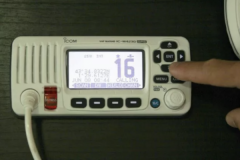What's an MMSI for?
The MMSI (Maritime Mobile Service Identity) is a unique 9-digit number used to code safety equipment, such as a VHF DSC. This number is transmitted to all sea rescue organizations to provide a link in the event of a distress call.
To obtain one, a license application is sent to the ANFR (Agence Nationale des FRéquences), which manages these applications on behalf of the Ministry of the Sea. Licenses are issued free of charge.
In the event of distress at sea, the MMSI enables rescue services to identify the vessel and its owner quickly and reliably.
The case of the VHF Portable ASN
A DSC Portable VHF has exactly the same functions as a fixed model.
- It must be filled in with an MMSI
- It has a built-in GPS that gives the position
- It can trigger alerts just like a fixed model
Which MMSI to program into a VHF ASN handheld transmitter?
An MMSI is attached to a registered boat. It is therefore linked to the owner of the boat. Without a boat, ANFR will not issue an MMSI. So a portable VHF DSC must not be passed from one side of the boat to the other.
You don't want to find yourself in an abnormal situation. For example, if your VHF is set to the MMSI of your blue-hulled yacht, and you use it to trigger an alert when you're on a yellow-hulled speedboat, this could pose a problem for the emergency services. So you need to be careful, and understand the problems involved.
A single MMSI for 2 VHFs?
If you already have a fixed VHF DSC on board, and you also have a second portable VHF DSC, both will have the same MMSI. Selective calls to this number will therefore ring on both handsets at the same time. And if the fixed VHF on board wants to make a call to its portable VHF, this is also possible, as the system is well designed to differentiate between the sender of the message and the receiver. So, for example, you can interrogate the position of your portable VHF (Position Request) to check that your children haven't gone too far out with the dinghy.
The MMSI is not (easily) modified voluntarily
The MMSI cannot be reprogrammed every time you change tack. In fact, you have to send the VHF back to the distributor, who, with the help of a software program, can restore the VHF's program to its original state (as it was the day it left the factory). This can only be done if you sell your device or change boat, for example. But not for sailing on a rental boat, for example.
The difficulty of changing MMSIs easily is a legislative intent. It's not just a matter of giving power to the manufacturer. Indeed, if you were able to change the MMSI, it would leave room for errors and tricks. Imagine your child using the VHF and inserting an MMSI from an oil tanker. You can imagine the look on the rescue team's faces when they come to pick you up...
Is the CRR compulsory or not?
Outside territorial waters, having a VHF on board (fixed or portable, DSC or not) requires a person on board with the CRR (Certificat Restreint de Radiotéléphoniste).
In territorial waters since 2011, the CRR is no longer compulsory for boaters using a portable VHF without DSC (Digital Selective Calling). For fixed or portable VHFs with DSC, a permit is required. The CRR can be replaced at least by the pleasure boat driver's license, but we advise you to take the CRR, which will give you a good basic understanding of how to use a VHF at sea.






